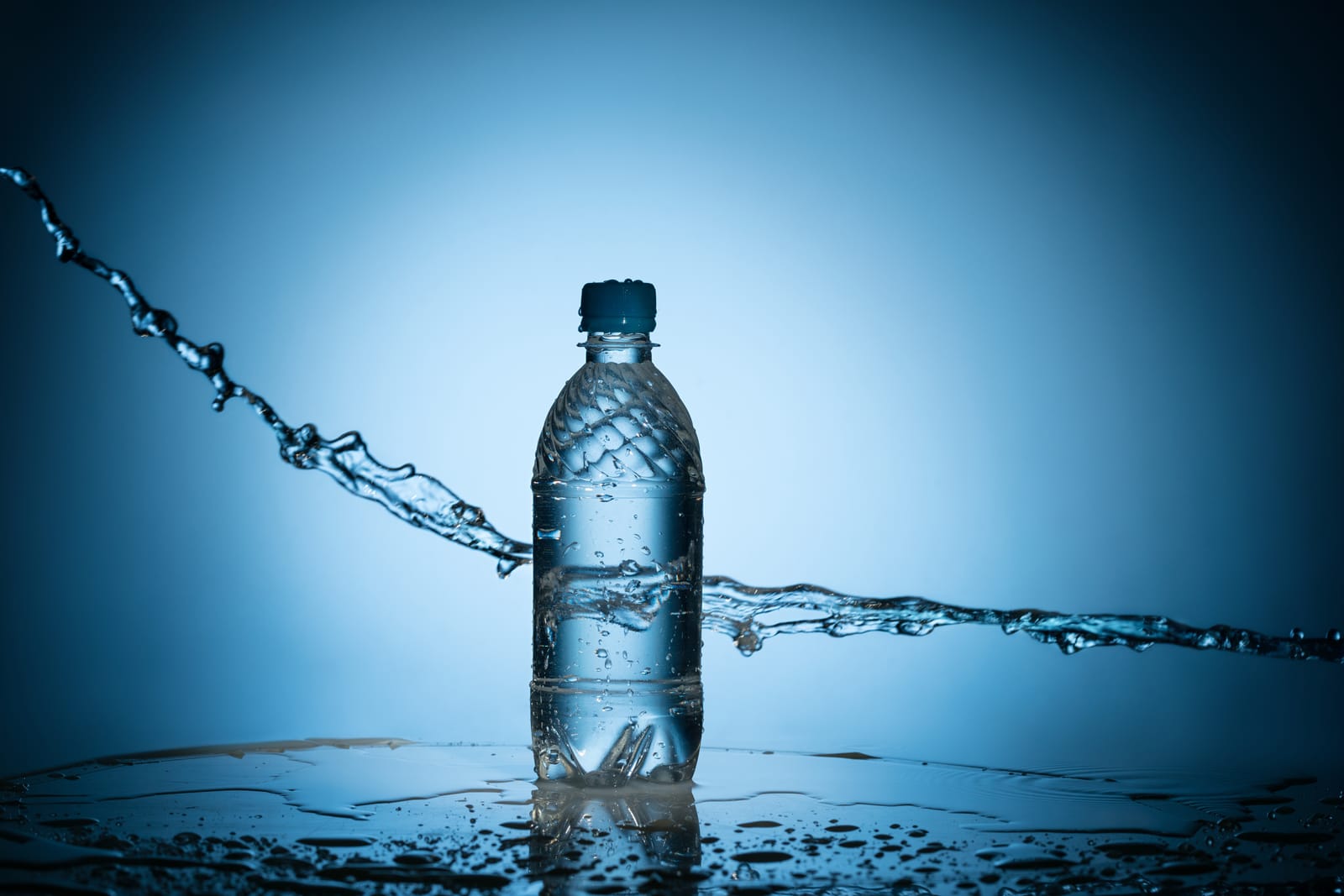Introduction: The Paradox of a Water-Rich Nation
Canada’s national identity is inextricably linked to water. It is a country defined by the vast, shimmering expanse of the Great Lakes and a landscape dotted with an estimated two million lakes. This immense aquatic endowment has fostered a powerful and deeply ingrained national narrative: the myth of water abundance. This explainer will systematically deconstruct that myth and provide a comprehensive assessment of the true state of Canada’s freshwater resources.
Part 1: The Anatomy of a Myth: Canada’s Water by the Numbers
The myth of Canada’s water abundance is built on impressive but misleading statistics. The most cited figure is that Canada possesses approximately 20% of the world’s total freshwater. However, the far more critical metric is the “renewable” water supply, which is replenished each year. On this measure, Canada’s share is significantly smaller, estimated at around 6.5% of the global total.
The Tyranny of Geography
Even this is misleading. An estimated 60% of Canada’s renewable freshwater drains northward into the Arctic Ocean, away from the vast majority of the population. As a result, the 85% of Canadians living near the southern border rely on a much smaller portion of the national water budget. This means for most Canadians, the accessible portion of the world’s renewable water is a mere 2.6%—a far cry from the mythic 20% figure.
A Culture of Consumption
The myth of abundance has fostered a culture of high water use. Canadians are among the highest per capita water consumers in the developed world, second only to the United States. This is directly linked to a systemic failure in water pricing, where Canadians pay significantly less for municipal water than their counterparts in most European nations, removing the economic incentive for conservation.
Part 2: The Contamination Crisis
Beyond the challenges of quantity, Canada’s freshwater is under assault from a complex array of pollutants. The pristine image of Canadian lakes and rivers is increasingly tarnished by contamination from cities, farms, and industries.
- Agricultural Runoff: Runoff from farmland carries fertilizers and pesticides into waterways, which is the primary driver of toxic algal blooms in lakes like Erie and Winnipeg. A McGill University study found that climate change is dramatically accelerating this crisis.
- “Forever Chemicals” (PFAS): Per- and polyfluoroalkyl substances (PFAS) are persistent, man-made chemicals that are now widespread in the Canadian environment. Hotspots with dangerously high levels of PFAS contamination have been identified near industrial sites, airports, and military bases across the country.
- Plastic Pollution: Our waterways are increasingly choked with microplastics. Toronto’s Don River, for example, has been identified as a major source of plastic pollution into Lake Ontario.
Part 3: The Unravelling Climate
Climate change is a powerful threat multiplier, exacerbating existing pressures and creating new challenges. From the melting of ancient glaciers to the intensification of floods and droughts, the warming climate is “re-plumbing” Canada’s water landscape.
- The Great Melt: Across Western Canada, glaciers are in a state of accelerating retreat. This threatens the long-term water supply for the Prairie provinces, which depend on meltwater-fed rivers for irrigation.
- New Extremes: A warming atmosphere holds more moisture, leading to a “whiplash” effect of more intense floods and more punishing droughts, a major concern highlighted by the Canadian Climate Institute.
Part 4: The Governance Quagmire
The physical threats are compounded by a dysfunctional and outdated system of water governance. Canada’s Constitution splits responsibility between the federal and provincial governments, often leading to a lack of coordinated action.
The First Nations Water Crisis
Nowhere is this failure more acute than in the ongoing drinking water crisis affecting dozens of First Nations communities. This crisis is a direct result of a discriminatory, two-tiered governance structure, where First Nations reserves fall under federal jurisdiction that has been chronically underfunded. This has resulted in a separate and profoundly unequal system, leaving communities with faulty treatment plants and unsafe water. It is a grave violation of a basic human right.
Policy in Stasis
Canada’s cornerstone water legislation, the Canada Water Act, has not been meaningfully updated since 1970. In response to calls for reform, the federal government recently established the Canada Water Agency (CWA) to improve coordination. The CWA’s success will depend on its ability to foster genuine collaboration and lead the modernization of Canada’s water laws.
Conclusion: Charting a Course for Water Security
Confronting the multifaceted threats to Canada’s freshwater requires moving beyond the myth of abundance and embracing a new paradigm of management, conservation, and governance. This involves modernizing our laws, investing in science and data, fostering a culture of conservation through proper water pricing, and, most importantly, upholding Indigenous water rights and establishing true co-governance models for our shared watersheds.

